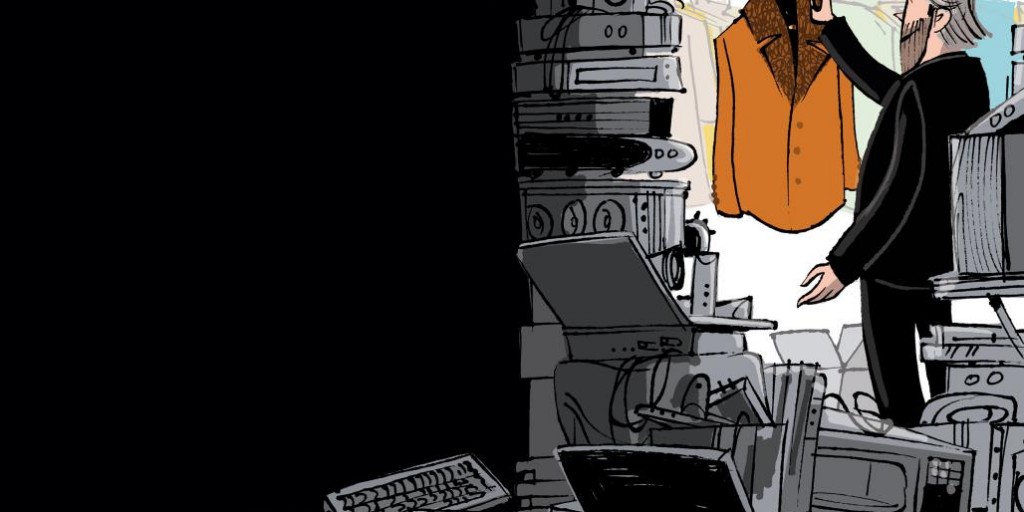LONDON — The #menswear craze (the men’s style blogging boom of the early aughts), arose from nowhere and overtook the fashion space with the ferocity of a rogue wave. Its rapid dissipation, however, was as quiet and meek as its apex was fierce. The fever may have burned red hot — before breaking in quick succession — but the movement did leave some lasting impression. In fact, one principle that it brought to the fore still remains: the idea of treating expensive clothing and accessories as an investment. (continued below…)

Still, a leather bag with a patina is one thing; luxury tech is quite another. When it comes ‘luxury’ gadgetry, Murphy’s Law would obviate, given the nature of electronics and connected devices, that you shouldn’t expect them to remain useful for more than a handful of years. Beyond two or three years, you’re probably dealing with a phased-out relic from an ancient digital era.
Pitted against one another, however — the high-end gadget versus the (non-digital) luxury good — how does either fare over a period of time? That’s the question Luke Leitch in a thoughtful piece at 1843 Magazine, The Economist’s monthly culture title, hoped to answer. His conclusion? “Tech is perishable. Luxury is for ever.” Good man.
What to consider, based on Luke’s observations:
- Tech companies’ push to equate their products with true luxury goods is all BS: “More and more, I observe technology companies adopting the marketing strategies of luxury-goods firms. Sure, their narrative focuses not on heritage or trends, but on incremental upgrades in processing speeds, peripheral capabilities and software compatibility. Yet many companies talk just as enthusiastically about design as functionality, and propose that owning their products is a declaration of personal identity. Each new launch inevitably presents whatever product is being pitched as the ne plus ultra of its type – a big fat lie that becomes ever more glaring as the cycle of enforced obsolescence spins faster and faster.”
- Even the old goods from decades ago still have use: “[He rediscovers in his attic] a grey flannel Giorgio Armani shirt I was given 21 years ago; some 2005 vintage Church’s cordovan brogues bought after I’d got a promotion; a 1970s Baily’s of Glastonbury jacket (pristine), bought on eBay for a snip; and a green tweed Moncler coat I wore all winter five years ago but then shoved to the back of a cupboard and forgot about during the summer. Each of them is a delight – and I can easily imagine continuing to wear them for years to come.”
Final thought: Leitch’s findings on luxury tech versus true luxury goods echo our own. Read our commentary on wearables for more insight.






